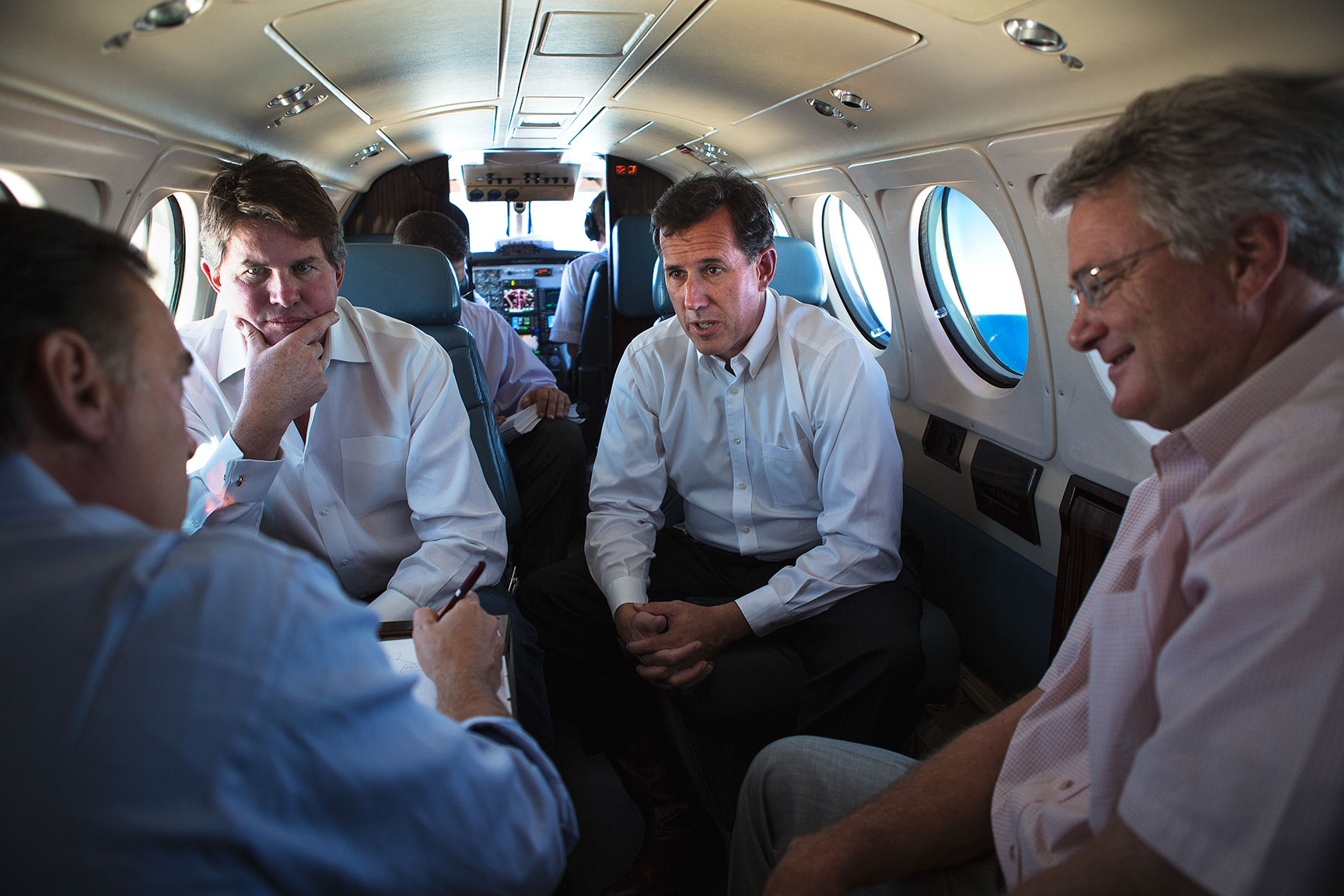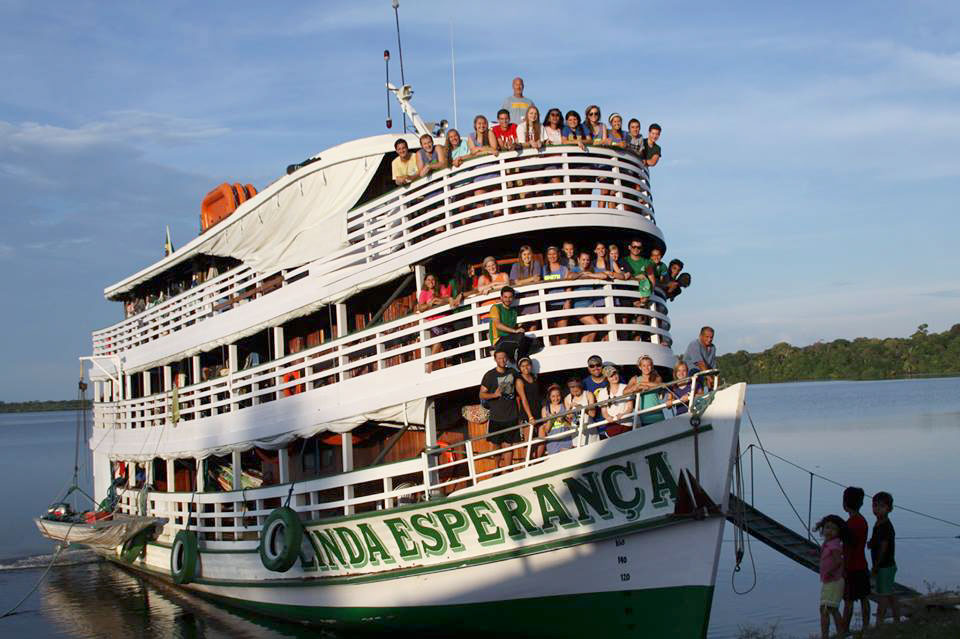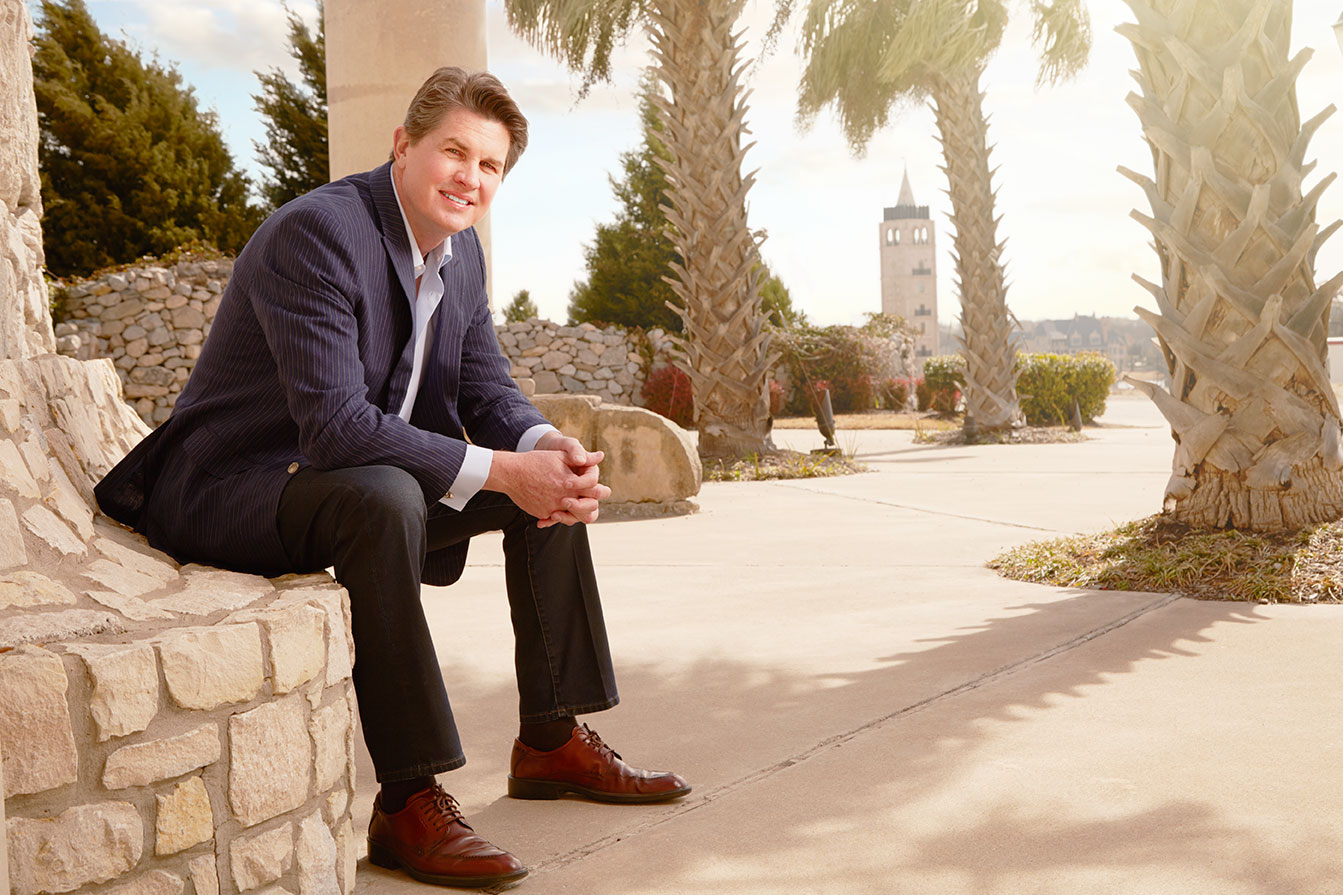
He found respite in, of all places, Croatia. He had met the Croatian ambassador to the United States through some associates in the Galveston area, where Blackard was developing a bayside community. That led to a month-long trip to the small country in southeast Europe, as the ambassador’s guest. One evening at a dinner party with some Croatian officials, Blackard told them, “Americans protect what Americans own.” Instead of worrying about buying jets and bombs, he said, they should focus on getting wealthy Americans to invest in Croatia.
Blackard ended up doing just that, partnering with a couple of other investors in a portfolio that included a 1,500-room hotel and other properties in Supetar, a village on the Croatian island of Brac in the Adriatic. One night, he was down at the harbor when he struck up a conversation with a bartender he recognized from the hotel. He learned that the young man had a law degree. Blackard asked him why he wasn’t practicing law in London or another big city. The bartender looked at Blackard and said, “My family is here. This is where I live.”

After about a year in Croatia, he began visiting other European towns to see if what he learned held true elsewhere. He found that it did. Integration, not segregation, was key to the village way of life, he concluded. This means going beyond “New Urbanism,” where neighborhoods are diverse in use and population, to build in flexibility and evolution—an ability for space to respond to changes that occur over time. For example, a shop might become a residence or an office, as a shopkeeper retires or as needs change. (Blackard points to empty shopping malls across the U.S. as an example of what happens when space is designed for just one use.)
He coined the term “Neoretroism” to define his new development philosophy, which he believes is a way to combat American development trends that are rooted in isolationist zoning (compartmentalizing different real estate uses and separating people by income levels), infrastructure efficiency, and vehicular access. The result? Little connectivity between people and no shared sense of community. “Zoning has killed our communities—and I’m the worst, because I used to develop like this,” Blackard says. “People talk about all of these different things that are wrong with our society—this is it. It’s destroying our country.”
Inspired by his epiphany, he scouted North Texas for a site to prove his theories. He found it in a 45-acre tract within Stonebridge Ranch. It took him two years to get zoning approval for Adriatica. (When he first told city officials he wanted to replicate a Croatian village, one asked, “Are you going to put in land mines, too?”)
Nestled within the retail shops and varied residences, Blackard built the bell tower and Bella Donna Chapel, which has become a popular wedding venue. The church was a gift to his wife, whom he met on a blind date nine years ago. Blackard says he quickly fell for Donna, impressed by her deep faith and the fact that she’s both “city and country,” he says, laughing when he recalls how he once went outside to find her fishing and also holding a shotgun in her lap.
According to Blackard, building a village is no more expensive than a traditional mixed-use project. “It just takes more time to plan and design something like this,” he says. “If I were Michelangelo painting a painting or Jeff Blackard, the cost of the materials would be the same. It’s talent, and taking the time to understand colors and light and design.”
He learned a lot with Adriatica, he says, and will do some things differently with Entrada. In McKinney, he should have started development along the water, he says, and done a better job of intermixing product types and incorporating more ownership. He also wishes he had been able to finance it differently. “Critical mass is key to this,” he says. “Having it financed correctly, I could have built more of the village at once.” That’s exactly what he intends to do in Westlake.
Ted Wilson, principal at Residential Strategies, says Entrada should easily find success, with its high-profile location in one of the strongest markets in the region: “Entrada’s proximity to the airport makes it a very desirable location, and it’s within both the Northwest ISD and Carroll ISD, which is one of the finest school districts in the state.”

TESTING THE THEORIES
Among those investing in the development is former Pennsylvania Sen. Rick Santorum. The two met when Blackard went incognito and worked as a volunteer on Santorum’s presidential campaign. Distressed by the results of the 2008 election, Blackard vowed to get involved the next time around. One night when he was watching a news report on the 2012 Republican primaries, he got up and started packing a suitcase. When his wife asked where he was going, he said he was heading to South Carolina. Blackard was determined to find out for himself if Santorum was the “godly” candidate he could support. He showed up at the campaign office and offered to volunteer. He worked the phones, stuffed envelopes, and picked up laundry—whatever was needed. “I learned about servanthood from working on that campaign,” Blackard says.
Observing Santorum from a distance, Blackard became convinced that the candidate was the real deal. For his part, Santorum wasn’t sure what to think. “I was at this town hall meeting in Beaufort, South Carolina, and there’s a guy in a suit standing in the grass all by himself,” Santorum says. “He walked up and introduced himself and said he came from Dallas to help. I thought it was pretty odd. We ran a check on him, thinking, ‘Who is this character?’”
During the next couple of months, Blackard became “fully engaged” in the campaign, Santorum says. It was a grassroots effort, and Blackard’s selfless and giving attitude fit right in. Eventually, Blackard offered to host an event for Santorum in Texas. At Adriatica, Santorum met with pastors from around the region. A photo of the religious leaders praying over the candidate was picked up by major news outlets.
Blackard, Santorum says, is someone he has come to greatly trust. “He’s everything you’d want out of a friend—kind, generous, thoughtful, loyal, and very conscientious about whatever he does,” Santorum says. “On the business side, he’s a tremendous innovator. His insights about how to create a real living environment in a world where people are becoming increasingly isolated by technology and other things—he’s a guy who understands the importance of real community versus virtual.”
Along with Entrada, Blackard is working on a riverwalk project in Flower Mound and a 130-acre development called Barisi off Corpus Christi Bay. The rest of his life, he says, will be dedicated to helping Neoretroism catch on. He has written a book on the topic, a Netflix movie is in the works, and a textbook is planned. “I want to change the way we think,” Blackard says. “I’m raising up the flag and saying, ‘No! The world is round!’ The way we’re developing our cities and neighborhoods is wrong. I’ve done mission work all over the world. Now, my mission is here.”






